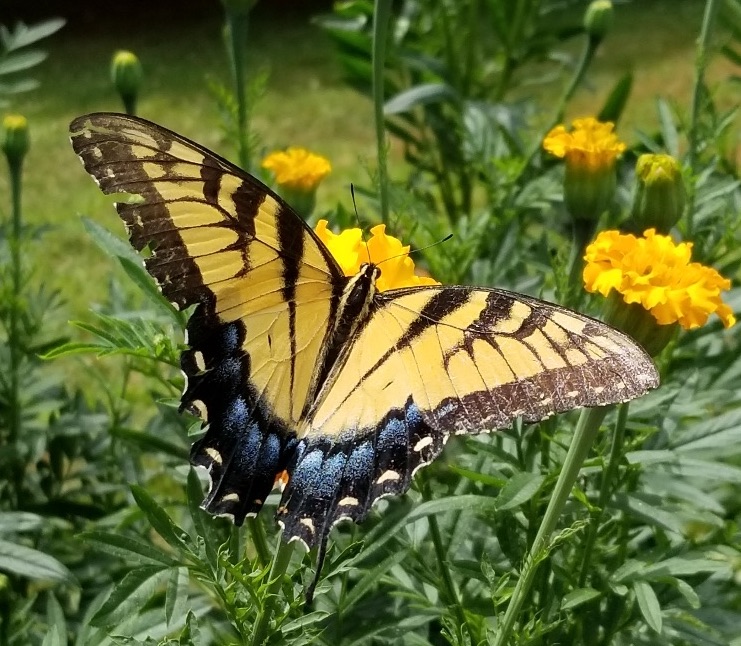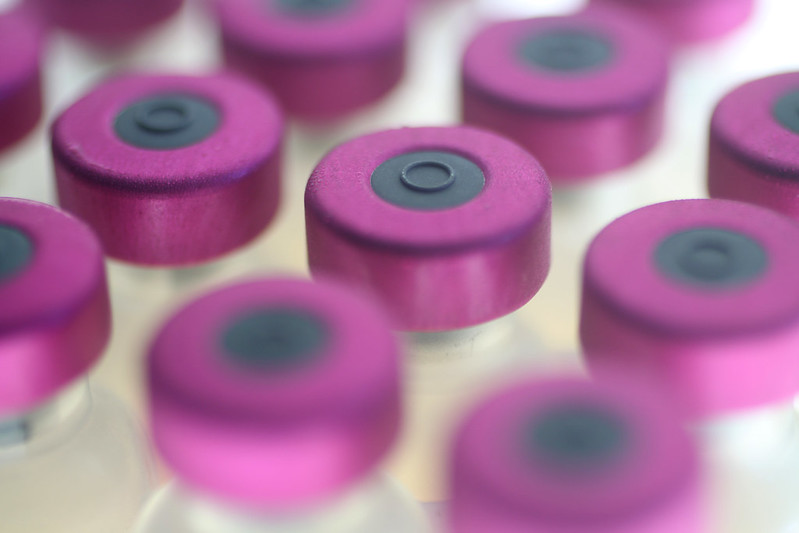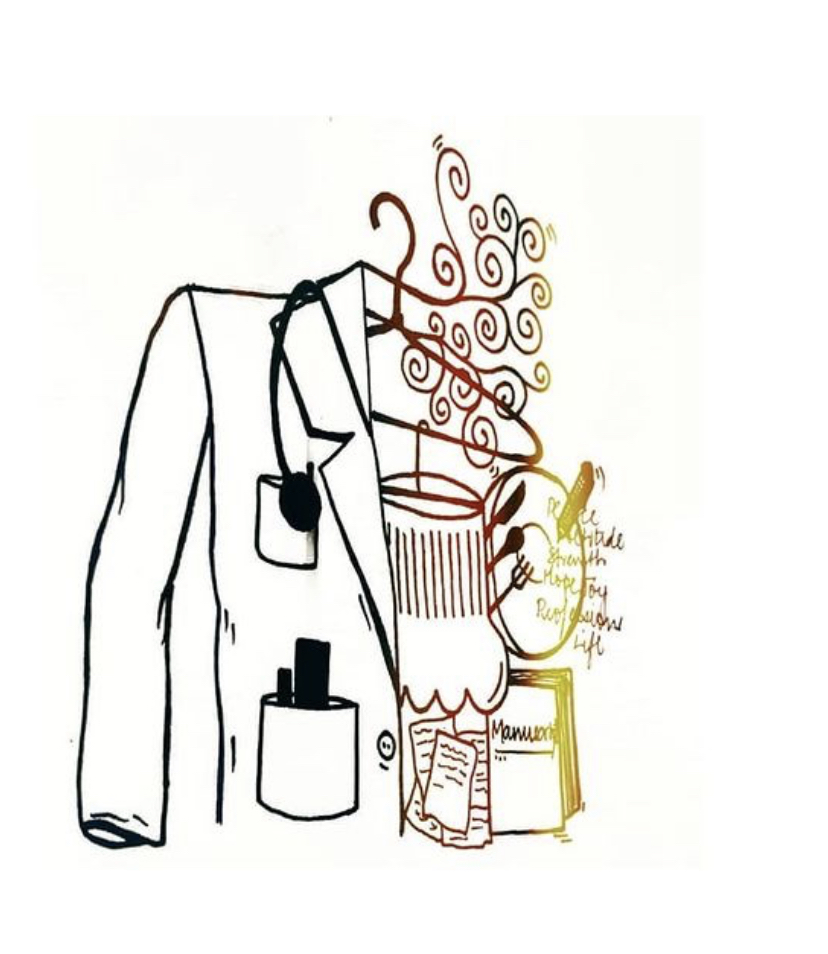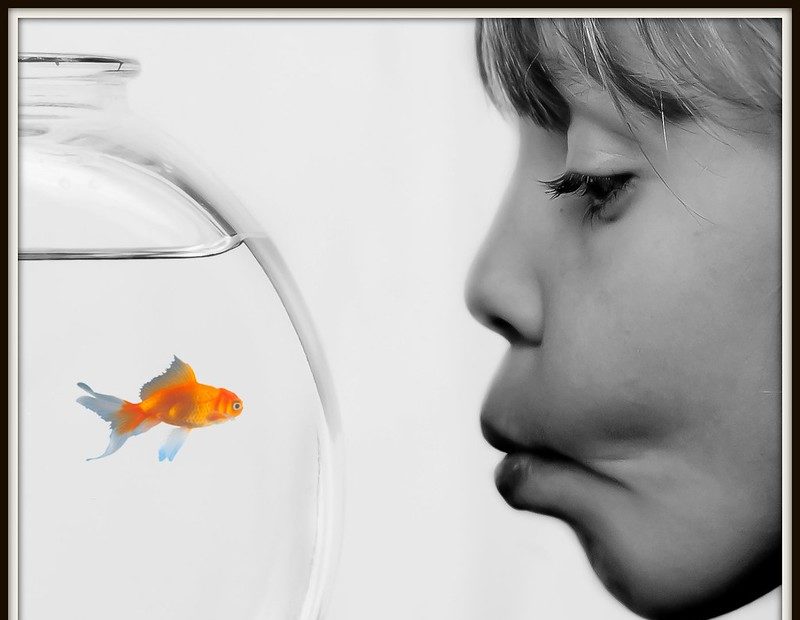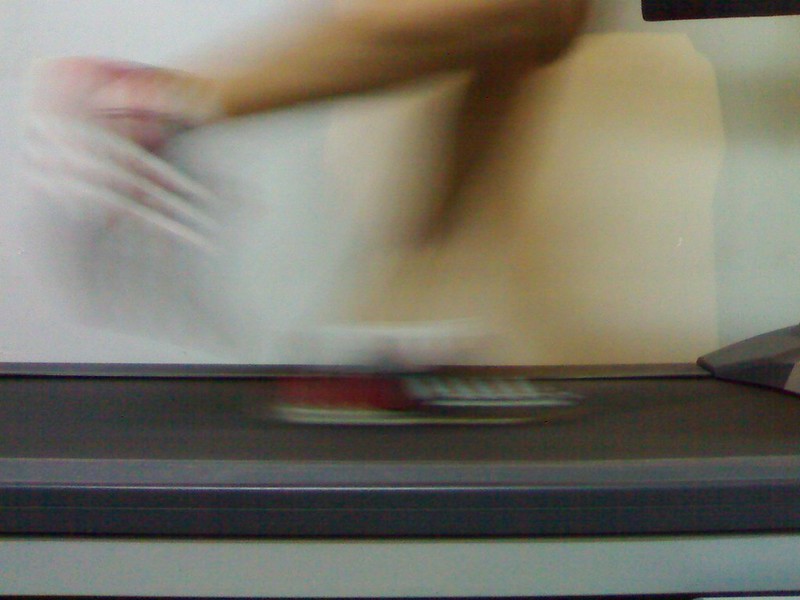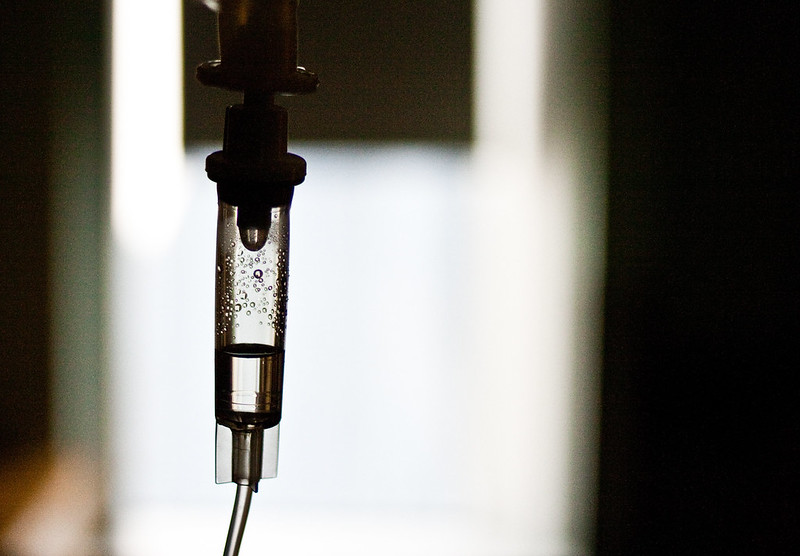Medical (Student) Metamorphosis
Before starting medical school, buried in a list of to-do tasks, I was asked to submit my Meyers-Briggs personality inventory. I was no stranger to this string of four letters, as I had performed the assessment many times in my life. I didn’t need to take the test again to know what I would get: INFJ.

